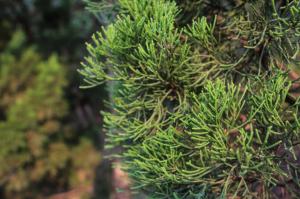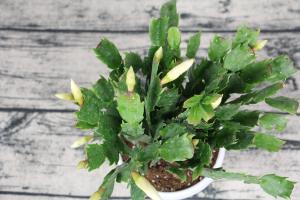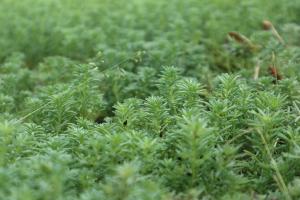Why is my tomato plant leaves turning yellow?
When you invest time and effort in growing a tomato plant, it can be frustrating to see its leaves turning yellow. Yellow leaves on tomato plants may indicate a wide range of problems including diseases, nutritional deficiencies and environmental factors. Let's explore some of the reasons why your tomato plant leaves may be turning yellow.
Pest infestations
Tomatoes can fall victim to a variety of pests, such as aphids, spider mites, and whiteflies. These pests will often feast on the leaves, causing them to yellow and wither away. Check the back of the leaves for signs of insects and, if necessary, treat the plant with an insecticide specifically designed to kill the pest(s) affecting your tomatoes.
Nutrient deficiencies
Another reason why your tomato plant leaves may be turning yellow is due to various nutrient deficiencies. The most common deficiencies are nitrogen, calcium, and magnesium. These nutrients are essential components of healthy tomato plant growth. If soil tests indicate a deficiency, add a fertilizer or supplement to the soil in the correct amounts to correct any imbalances.
Overwatering
Tomatoes require regular watering and consistent access to moisture. However, too much water can be as problematic, if not worse, than too little water. Overwatering can cause soil drainage issues, leading to nutrient imbalances, pest infestations, and root rot. Limit watering to ensure the soil has proper drainage to prevent waterlogging, which can lead to yellowing of leaves.
Environmental conditions
Environmental factors such as light levels, temperature, and humidity can all affect the growth of tomato plants. Temperature fluctuations can cause leaf yellowing. Extreme heat or cold can kill leaves, cause wilting, or create nutrient deficiencies. High humidity, especially in combination with limited air circulation, can encourage fungal growth, which is one of the most common causes of leaf yellowing on tomatoes.
Diseases
Tomato plants can be affected by various diseases, such as blight and powdery mildew. These diseases can cause yellowing of the leaves, which then become brittle, crackly, and eventually fall off. If you suspect that your tomato plant is infected with a disease, seek advice from a gardening expert or consultant, and follow their advice on how best to treat the plant.
Conclusion
Yellowing of the tomato plant leaves can be alarming, especially if you are new to gardening. But, while it can be a sign of dangerous problems, it could also be an easy fix if you can spot the cause. By addressing the reasons that cause yellow leaves to appear, you are not only taking steps to improve your plant's health but ensuring you get the best yield from your tomato plants.

 how many times do yo...
how many times do yo... how many planted tre...
how many planted tre... how many pine trees ...
how many pine trees ... how many pecan trees...
how many pecan trees... how many plants comp...
how many plants comp... how many plants can ...
how many plants can ... how many plants and ...
how many plants and ... how many pepper plan...
how many pepper plan...































